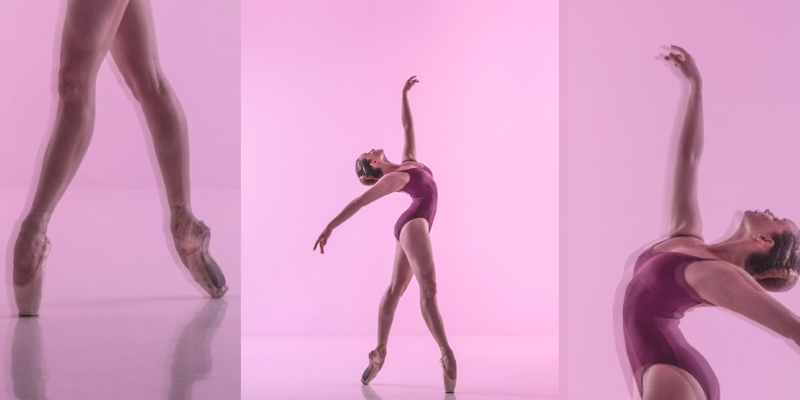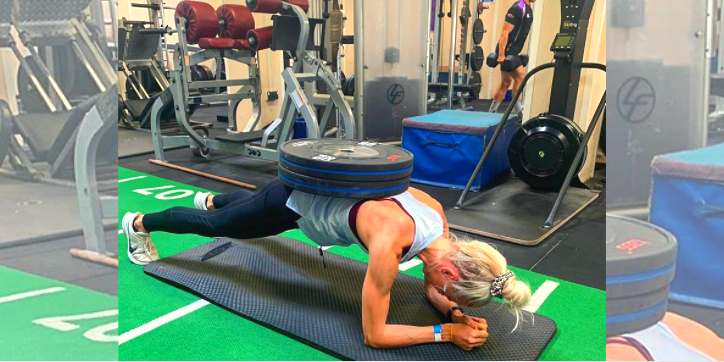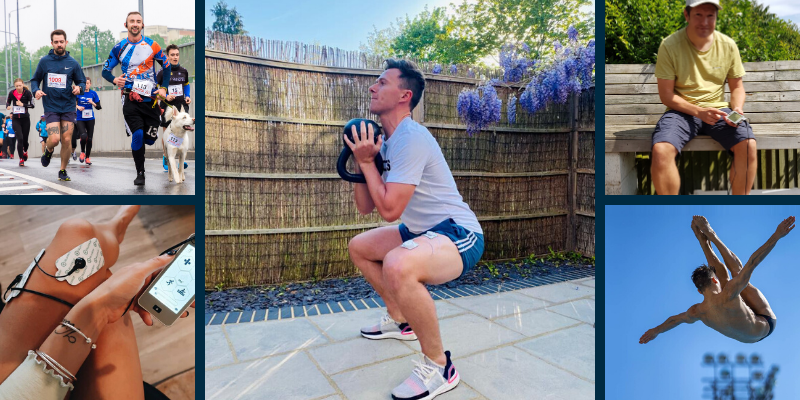Whilst the training regimes of athletes such as cyclists, footballers and swimmers are fairly well recognised, the life of a professional dancer remains far less understood.
23-year-old Australian ballerina Madeleine Bell, who is currently residing in Paris, reveals what it is like to be a professional dancer, and exactly what is involved in her gruelling training.

How did your journey to becoming a professional ballerina begin?
I started dancing when I was five years old and immediately loved it. I then began ballet at seven years old but didn’t really start to do it regularly until I was 13. From 13 onwards ballet became my life and when I was 19, I secured my first professional contract in Australia. My dream, however, was always to come to Europe where there are so many more opportunities.
Last year, I travelled to France to audition and then got a 1-year-visa to stay and moved to Paris – which is where I am now and where I continue to work as a professional ballerina.
Talk us through your typical day and what training is involved?
First thing in the morning, I start with some floor bar work to wake up my body (which is like a ballet bar but on the ground). After some breakfast, I cycle to my first ballet class of the day. I do around an hour of warming up and pilates, followed by around 1 ½ hours of ballet.

Then, I will have some lunch before an afternoon of rehearsals. These vary in length depending on what we need to rehearse and how close we are to performance time. A minimum would be 1 ½ hours, but rehearsals could be as long as 5 hours!
I would then finish the day off with some conditioning exercises – things like planks, the wobble board and pilates. Some dancers also try and mix in gym work.
I sometimes also run – something I started doing during lockdown when all my other training was in my apartment! Over a week, I will train for six days then have a rest day – normally a Sunday.
How do you help your body recover from such an intense training schedule?
As you can see from my weekly training schedule, there isn’t much time for my body to recover, but I am a true believer in listening to your body. I try to do everything I can to look after it, as I want to be dancing at least into my mid-thirties – hopefully, longer.

Recovery is so important. I do lots of stretching and rolling out as well as using my NuroKor device to relieve DOMS (delayed onset muscle soreness), particularly on my calves and IT band in the upper leg. I also use the KorBand for my back if it is stiff. Your feet take the brunt of the work in ballet and after being in pointe ballet shoes for hours, they really hurt. I use ice buckets for my feet, as well as the NuroKor KorShoe which seems to ease my tired and painful feet!
NuroKor really has changed my life and made recovery so much easier.

Have you been unlucky with injuries?
Many ballerinas have problems with lower leg injuries – for example, sprained ankles and stress fractures caused from overuse. I suffered from hip impingement, probably caused from overuse.
It was lingering on, but I managed to get on top of it with my NuroKor. It was amazing the difference it made, the reduction in pain I felt was almost instant.

I placed one patch on the front of my hip and one on the side, using a mixture of the Microcurrent setting and Plain Plus setting. I continue to use the NuroKor as well as pilates for strengthening. I sometimes see a chiropractor as I have a mobile spine, but unlike many other professional athletes, dancers don’t have access to team doctors or physios, so seeing medical professionals regularly can become expensive. This is another benefit of having the NuroKor at your disposal whenever you need it.
Unlike many other professional athletes, dancers don’t have access to team doctors or physios, so seeing medical professionals regularly can become expensive.

What is your ultimate goal in ballet? And what does the rest of 2020 hold for you?
I have fallen in love with Paris and want to stay here if I can. I would like to join one of Europe’s best ballet companies, so I need to keep training hard and stay true to my dream. Things are very unknown at the moment and a lot of it is not in my control. I am hoping there will be more opportunities in Europe, so hopefully, by the end of 2020, I will still be here, and dancing of course.

To view more of Madeleine's daily routine, check out our video; A Day In The Life of a Ballerina. If you would like to learn more about the NuroKor accessories Madeleine uses:




